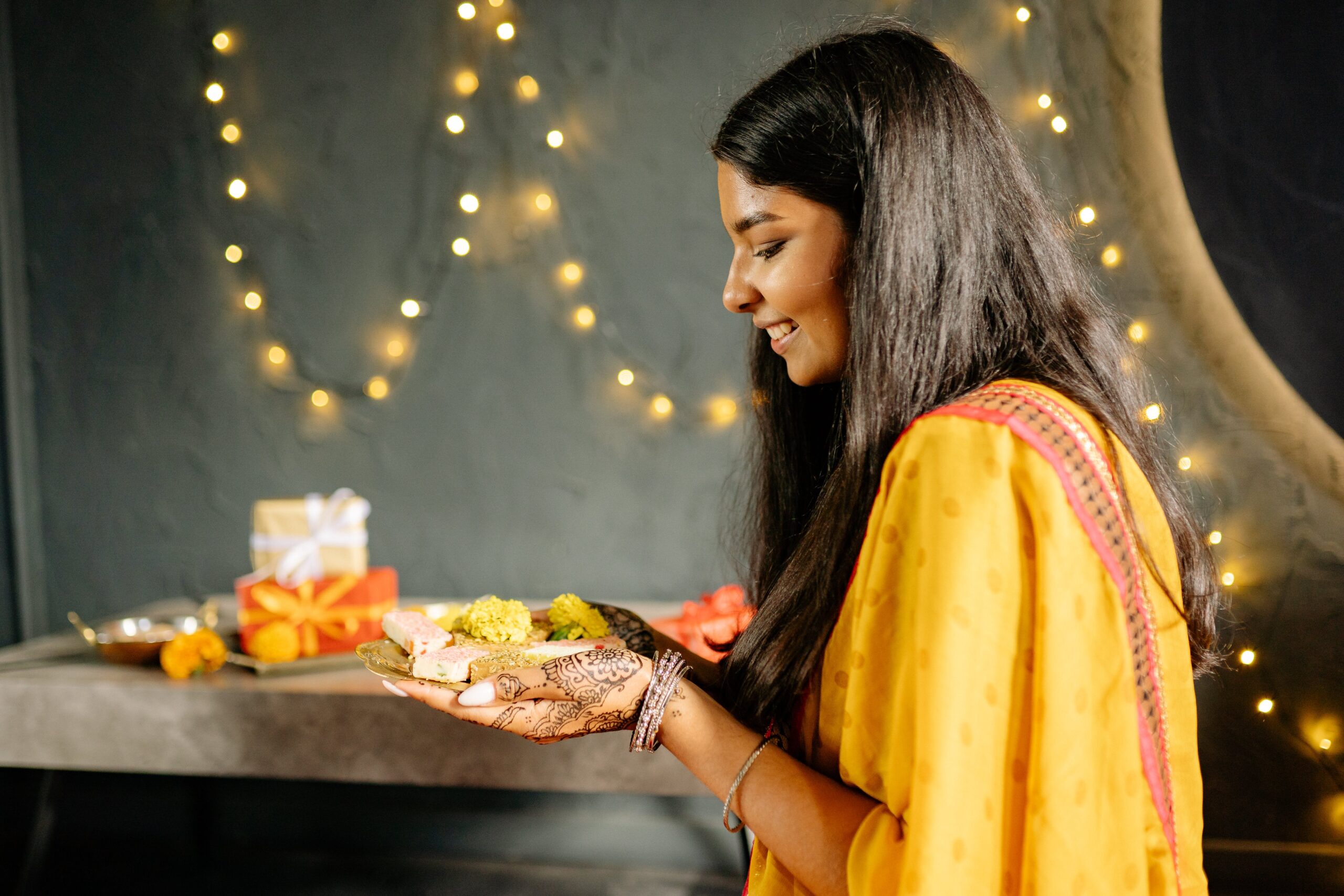The festive season is upon us, specifically Deepavali is just around the corner to light us up with joy and prosperity.
Though Deepavali is widely celebrated by Malaysian Indians and a prominent festival in Malaysia, a lot of Malaysians are still clueless about the significance of the celebration.

Despite living in the midst of rich and diverse culture, there are still common misconceptions and myths that surround the celebration.
Well, here we are going to break the myths or misconceptions and feed you nothing but facts! So, buckle up and learn all you need to know about the festival of lights.

1. Deepavali is celebrated by all Indians

Deepavali is celebrated by Indians BUT…Indian Hindus.
The Malaysian Indian community is diverse and consists of different ethnicities, religions and backgrounds. You can be Indian and Muslim, or Christian or even Buddhist.
So the simple answer would be, no, not all Indians celebrate Deepavali as it is a Hindu festival and not an Indian festival.

The majority of Indians in Malaysia consist of Hindus, thus it’s labelled as the ‘Indian festival’ when in fact it’s a Hindu festival, and this is probably where the misconception stemmed from.
2. Deepavali or Diwali

Every Deepavali season you can see ‘Happy Deepavali’ and ‘Happy Diwali’ are used interchangeably and some have a confusion as to which is the correct one? Some even wonder if they both are completely different celebrations.
Oh well, Deepavali is derived from the Sanskrit word, Deepa (lamp) and Avali (row), and the traditional and phonetically accurate term would be Deepavali. This term is often used among those of South Indian Descent.
Fun Fact: If you didn’t know, many Malaysian Indians are of South Indian descent and ethnically Tamil.

Diwali on the other hand is widely used in Northern India, though it is derived from the same word, it is changed phonetically to fit their local language.
So the verdict is, the words may differ but both refer to the same celebration.
3. It’s A New Year

We get it! Chinese New Year is the biggest celebration for Chinese and naturally Deepavali is a new year as it’s the biggest celebration for Indians. Unfortunately, no.
It has been the most common misconception among Malaysians.
It is a Hindu festival celebrating the victory of light over evil; the myth goes that Lord Krishna killed the demon Narakashura which symbolises good/light winning over evil. To celebrate this symbolism, Hindus will light up rows of oil lamps as a sign to invite light and good fortune into their lives.

Then do Indians have a new year you ask; yes, we do!
As most Malaysian Indians are ethnically Tamil, we do celebrate Tamil New Year, though it is not recognised as a public holiday in Malaysia which probably caused the confusion.
Tamil New Year on the other hand is celebrated by all Tamils (remember Malaysian Indians have different ethnicities, e.g: Malayali, Telugu, Gujarati) regardless of religion.
4. Deepavali/Diwali is celebrated by Indians only

It is widely known that the Hindu majority belongs to the Indian population here in Malaysia but that doesn’t mean other races don’t celebrate Deepavali.
As mentioned earlier, It’s a Hindu or religious festival, so believers of the faith will celebrate it regardless of their race.

For example, you can be Muslim who celebrates Hari Raya Aidilfitri and not be Arab. The same applies here, you can be Hindu who celebrates Deepavali without being Indian because race is not the same as religion.
5. Kolam is just a decoration

When the festival of light rolls in, you can see these colourful and beautiful patterns drawn everywhere to commemorate it. It is also known as kolam. Kolam is commonly associated with Deepavali celebration more than any other Indian celebrations.
Though, technically kolam can be done everyday and not just on celebrations but it is drawn elaborately on festive seasons.
Seeing kolam is highlighted heavily as part of Deepavali decorations, many have deem it as just that, a decoration and nothing more.

In reality, kolam is traditionally done with grinded rice flour which ants, birds and other small creatures could feed on. It was considered to bring prosperity by doing good to other living beings.
6. Kolam Is Always Colourful

Contrary to popular belief, Kolam isn’t just a colourful art piece rather also done in all white.
We have explained that many of our Malaysian Indians are of Tamil descent; so the kolams that have originated from the Tamil culture are usually done in white as it uses grinded rice flour and the motifs usually contain lines and dots.
The patterns are usually passed down generations but the advent of the internet has widened the options for us.

Now, rangoli is replacing the traditional ones by adding a colourful and vibrant tone to Deepavali. Rangoli is similar to kolam but it derives more on motifs such as Hindu symbols, gods, nature and more.
Here we believe you have cleared all your confusion and misconception of Deepavali. Don’t forget to share this knowledge over murukku with your friends!

Wishing everyone a very Happy Deepavali (இனிய தீபாவளி நல்வாழ்த்துகள்)!



